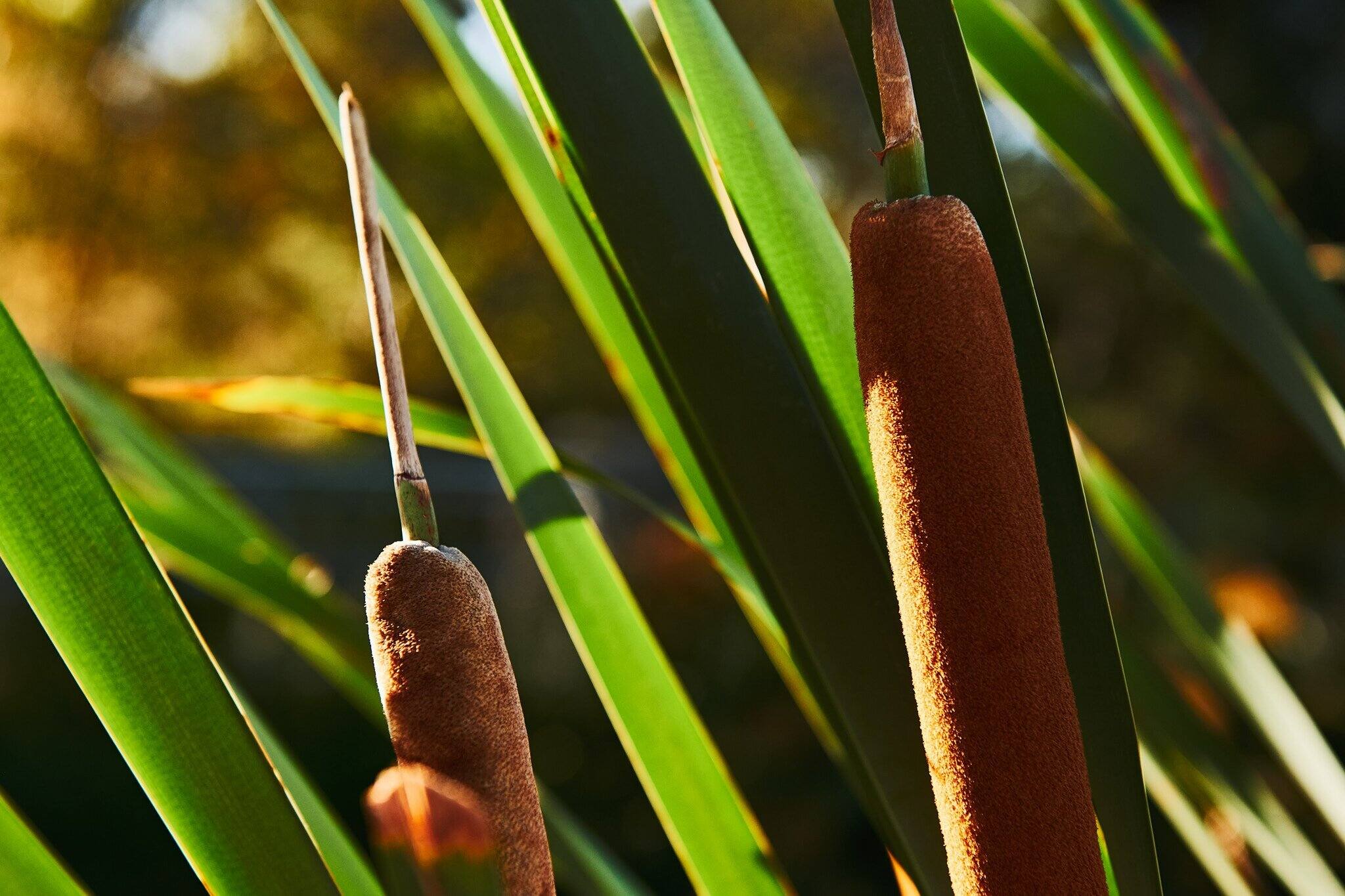
Bulrushes are fascinating plants often found in wetlands, marshes, and along the edges of ponds and lakes. These tall, grass-like plants play a crucial role in their ecosystems, providing habitat and food for various wildlife. But did you know that bulrushes have been used by humans for thousands of years? From ancient basket weaving to modern-day water filtration, these versatile plants have a rich history and numerous practical applications. Bulrushes are not just important for the environment; they also have cultural and historical significance. Let's dive into 25 intriguing facts about these remarkable plants that highlight their importance and versatility.
What Are Bulrushes?
Bulrushes are fascinating plants often found near water bodies. They play a crucial role in the ecosystem and have various uses. Let’s dive into some interesting facts about these versatile plants.
- Bulrushes belong to the sedge family, Cyperaceae.
- They are commonly found in wetlands, marshes, and along the edges of ponds and lakes.
- These plants can grow up to 10 feet tall, making them quite noticeable in their natural habitat.
- Bulrushes have long, slender stems that are typically green and can be triangular in cross-section.
- The leaves of bulrushes are usually narrow and grass-like, adding to their distinctive appearance.
Ecological Importance of Bulrushes
Bulrushes are not just any ordinary plants; they play a significant role in maintaining the health of their ecosystems. Here are some facts highlighting their ecological importance.
- Bulrushes help prevent soil erosion by stabilizing the soil with their extensive root systems.
- They provide habitat and shelter for various wildlife, including birds, insects, and small mammals.
- These plants are excellent at filtering and purifying water, removing pollutants and improving water quality.
- Bulrushes can absorb excess nutrients from the water, which helps prevent harmful algal blooms.
- They contribute to the overall biodiversity of wetland areas, supporting a wide range of plant and animal species.
Historical and Cultural Significance
Bulrushes have been used by humans for centuries for various purposes. Their historical and cultural significance is quite remarkable.
- Ancient Egyptians used bulrushes to make papyrus, an early form of paper.
- Native American tribes utilized bulrushes to weave mats, baskets, and even clothing.
- In some cultures, bulrushes were used as a food source; their roots and shoots are edible.
- Bulrushes have been mentioned in various religious texts, including the Bible, where Moses was found in a basket made of bulrushes.
- They have also been used in traditional medicine to treat ailments such as wounds and digestive issues.
Modern Uses of Bulrushes
Even today, bulrushes continue to be valuable for various modern applications. Let’s explore some of their contemporary uses.
- Bulrushes are used in constructed wetlands for wastewater treatment due to their ability to filter pollutants.
- They are popular in landscaping for creating natural-looking water features and ponds.
- Bulrush fibers are used in making eco-friendly products like biodegradable packaging and textiles.
- Some artists use bulrushes in their crafts, creating beautiful and sustainable art pieces.
- Bulrushes are also used in erosion control projects to stabilize riverbanks and shorelines.
Fun and Surprising Facts
Bulrushes have some fun and surprising aspects that make them even more interesting. Here are a few to ponder.
- Bulrushes can grow in both fresh and brackish water, showcasing their adaptability.
- They can reproduce both by seeds and vegetatively through their rhizomes, making them resilient and widespread.
- Some bulrush species can tolerate polluted environments, making them useful in phytoremediation projects.
- Bulrushes can provide a natural barrier against strong winds and waves, protecting shorelines from damage.
- They are often used in educational programs to teach students about wetland ecosystems and plant biology.
The Final Scoop on Bulrush
Bulrushes are more than just plants growing in wetlands. They play a crucial role in maintaining healthy ecosystems. These plants filter water, provide habitats for wildlife, and even help prevent soil erosion. Their versatility extends to human use too. Indigenous cultures have long used bulrushes for crafting mats, baskets, and even shelters. Modern uses include biofuel production and natural water treatment systems.
Understanding bulrushes gives us insight into the delicate balance of nature. They remind us of the interconnectedness of all living things. Next time you see a bulrush, remember it’s not just a plant; it’s a vital part of our world. So, whether you’re a nature enthusiast or just curious, appreciating bulrushes can deepen your connection to the environment. Keep exploring, and you’ll find even more fascinating facts about these remarkable plants.
Was this page helpful?
Our commitment to delivering trustworthy and engaging content is at the heart of what we do. Each fact on our site is contributed by real users like you, bringing a wealth of diverse insights and information. To ensure the highest standards of accuracy and reliability, our dedicated editors meticulously review each submission. This process guarantees that the facts we share are not only fascinating but also credible. Trust in our commitment to quality and authenticity as you explore and learn with us.
